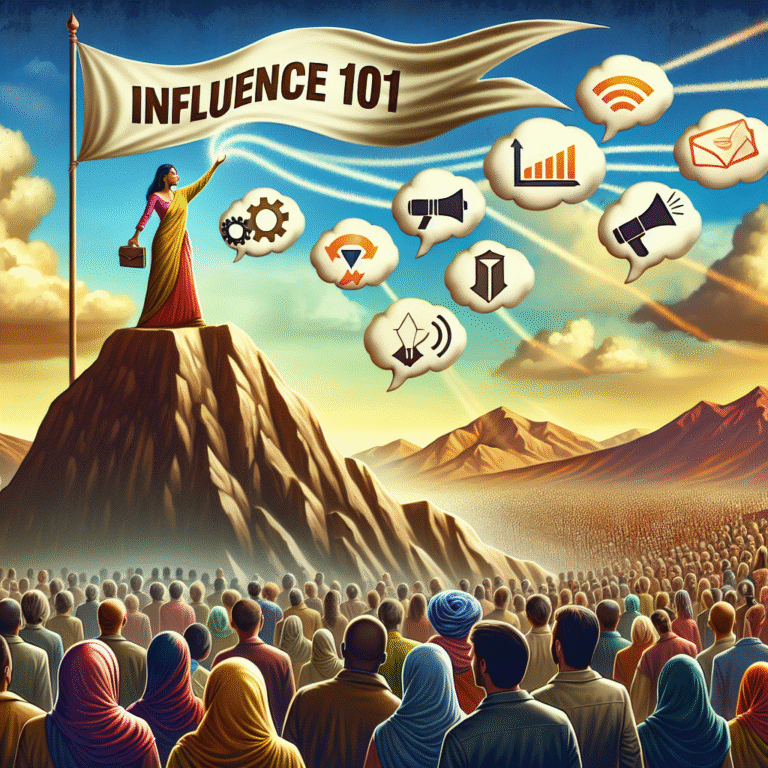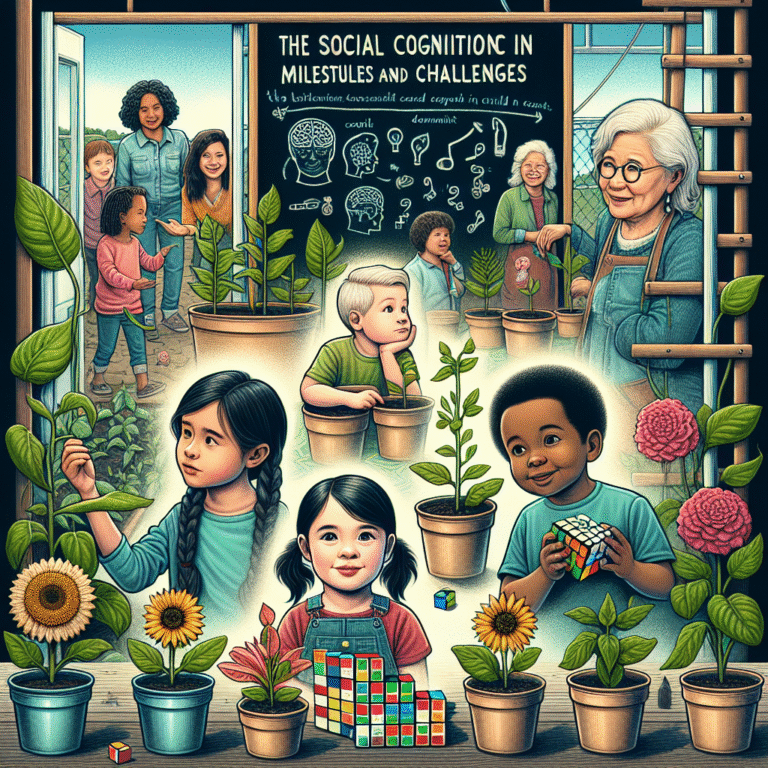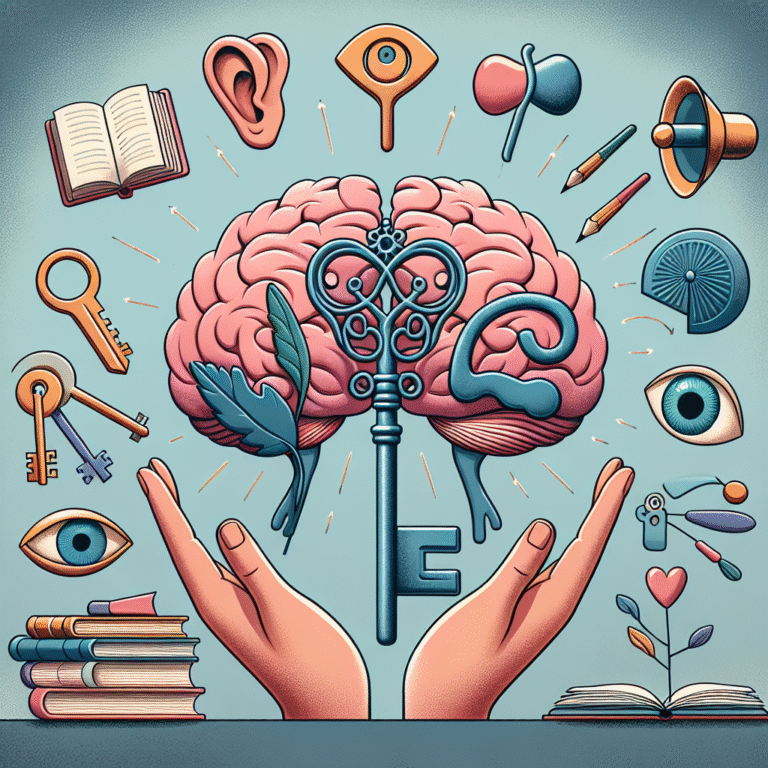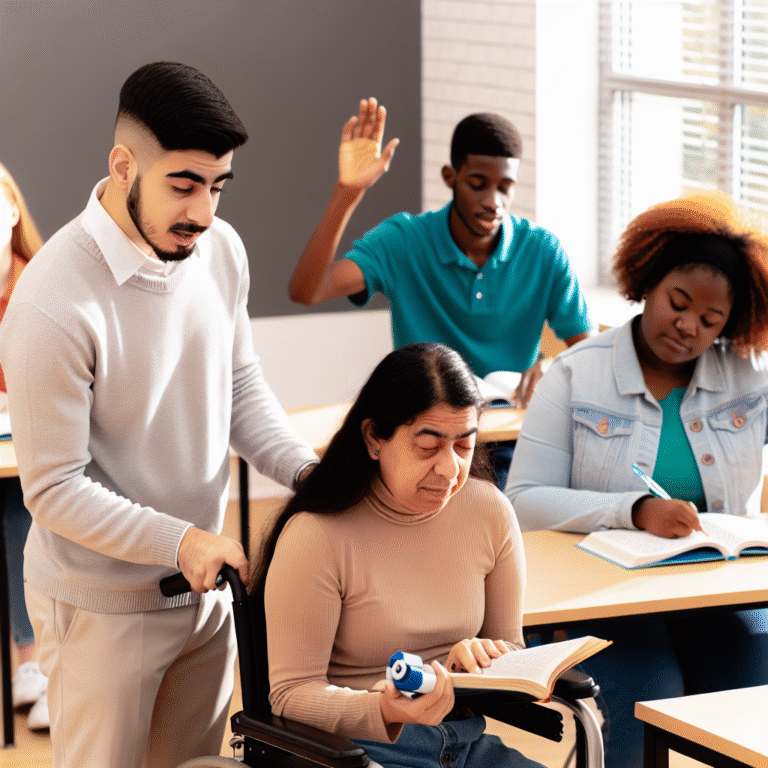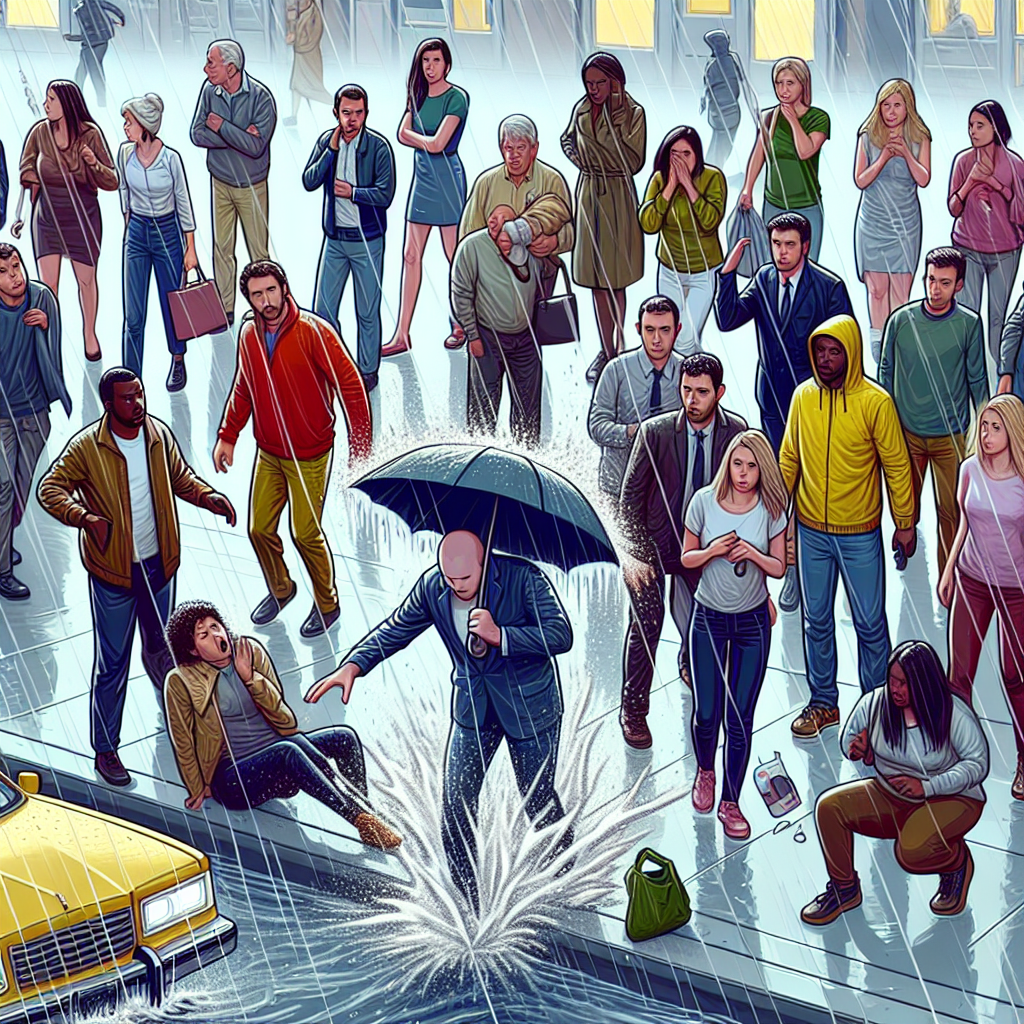
Introduction
Imagine you’re walking down a busy street, and suddenly, a person collapses. A crowd gathers around, yet no one seems to act. This scene isn’t a fictional encounter; it’s a stark reality known as the "bystander effect," a psychological phenomenon that sheds light on why individuals often fail to intervene in emergencies. Inaction in emergencies: how the bystander effect shapes our responses has critical implications for understanding human behavior, community health, and personal safety.
The bystander effect suggests that individuals are less likely to help someone in need when there are other people present. The more witnesses there are, the less likely any one of them is to take action. It’s a curious, and often troubling, aspect of human nature. This article delves into the intricacies of this phenomenon, providing unique insights and case studies that illuminate its implications and explore ways to overcome these barriers to action.
The Psychology Behind Inaction
Understanding the Bystander Effect
The term "bystander effect" was first coined after the tragic murder of Kitty Genovese in 1964. Despite her cries for help, numerous witnesses chose not to intervene, leading to widespread public fascination and research. This phenomenon raises important questions about human behavior. Why do we freeze in moments that call for action?
Researchers Bibb Latané and John Darley conducted groundbreaking studies that revealed two psychological mechanisms at play: diffusion of responsibility and pluralistic ignorance. When a situation arises, individuals assume someone else will take responsibility, which often leads to inaction. This is particularly pronounced in large groups where shared responsibility dilutes personal accountability.
Emotional Responses and Conformity
Inaction in emergencies is further complicated by emotional responses and social conformity. Many people experience a mix of fear, anxiety, and uncertainty in crises, which can paralyze their responses. Additionally, when surrounded by others who are also hesitant, individuals may look to their peers for cues on how to react. If no one acts, it can create the false impression that action is unnecessary or inappropriate.
Case Studies: Real-World Illustrations
1. The Kitty Genovese Case
The Kitty Genovese case remains one of the most referenced examples of the bystander effect. Genovese was murdered outside her apartment while multiple witnesses reported hearing her cries. The lack of intervention led to public outrage and extensive research into this psychological phenomenon.
Analysis
This case underscores the importance of individual responsibility in group settings. It reveals that even in densely populated areas, personal accountability often diminishes, leading to tragic outcomes.
2. The "Good Samaritan" Experiment
In a series of experiments, researchers found that individuals who were told they were late to an appointment were significantly less likely to help someone in distress than those who believed they had time to spare.
Analysis
The results illuminate how urgency and our own priorities can overshadow our empathetic instincts. This experiment highlights the necessity to create environments where helping behavior is prioritized and encouraged.
3. The Boston Marathon Bombing
During the Boston Marathon bombing in 2013, many bystanders were able to spring into action, effectively aiding victims and helping to avert further disasters. This event showed that while the bystander effect is prevalent, extraordinary circumstances can elicit immediate responses.
Analysis
The outpouring of assistance during this crisis demonstrated that shared trauma can also galvanize community support. The context of an emergency can shift perceptions and encourage action.
Strategies for Overcoming Inaction
Promoting Awareness and Education
One effective strategy in combating the bystander effect is to raise awareness. Community education about the signs of emergencies and the importance of intervention can motivate individuals to act. Workshops and training sessions can empower people by providing them with tools to respond effectively in crises.
Establishing Clear Call to Action
In emergency situations, clear directives can help alleviate confusion. When individuals hear specific instructions, they are more likely to act. For instance, if someone shouts, “Call 911!” or “Help me lift this person!” it can prompt individuals to take immediate action, reducing the paralysis associated with ambiguity.
Building a Culture of Responsibility
Cultivating a culture where helping others is valued and expected can counteract the bystander effect. Communities can foster environments of accountability through local programs that encourage volunteerism and altruism.
The Role of Technology in Emergency Response
Social Media as a Tool for Action
In the digital age, social media can both inhibit and enhance emergency responses. On one hand, online platforms can contribute to the inaction in emergencies by creating a false sense of solidarity—people may feel that sharing a post suffices as intervention. On the other hand, social media can amplify calls for help, mobilize communities quickly, and coordinate responses during emergencies.
Mobile Applications for Assistance
Apps designed for emergencies can also play a pivotal role. Programs that allow users to alert others to emergencies or send location-based help requests can mitigate the bystander effect by effectively channeling the desire to help into concrete actions.
Conclusion
Inaction in emergencies: how the bystander effect shapes our responses is a critical conversation that affects us all. Understanding this phenomenon equips individuals to combat its effects, fostering a more responsive society. Awareness, education, and technology can transform the narrative from inaction to intervention, ensuring that help is readily available when needed most.
Ultimately, while the bystander effect reflects a troubling aspect of human behavior, it also embodies an opportunity for growth and social change. As we navigate through the complexities of human interaction, let us strive to be active participants rather than passive observers. Empowered with knowledge and tools, we can reshape our communities into places where compassion and action thrive.
FAQs
1. What is the bystander effect?
The bystander effect is a social psychological phenomenon where individuals are less likely to offer help in an emergency when others are present.
2. How can individuals be motivated to act in emergencies?
Raising awareness, providing clear instructions, and cultivating a culture of accountability can encourage individuals to take action in emergencies.
3. Are there situations where the bystander effect is less likely to occur?
Yes, the bystander effect is typically diminished in smaller groups, when individuals have a direct connection to the victim, or when shared trauma galvanizes community support.
4. What role does social media play in emergencies?
Social media can hinder or enhance responses. While it may create a false sense of action, it can also mobilize communities and facilitate rapid assistance during crises.
5. How can technology aid in emergency responses?
Mobile applications can provide immediate alerts and instructions for assistance, helping to convert the intention to help into action when emergencies arise.
By understanding and addressing inaction in emergencies: how the bystander effect shapes our responses, we can foster a culture of intervention, ultimately saving lives and creating resilient communities.



